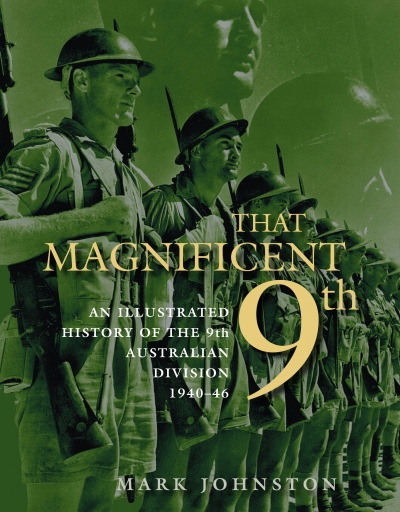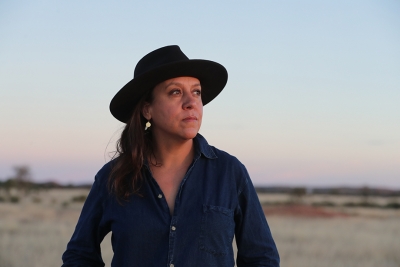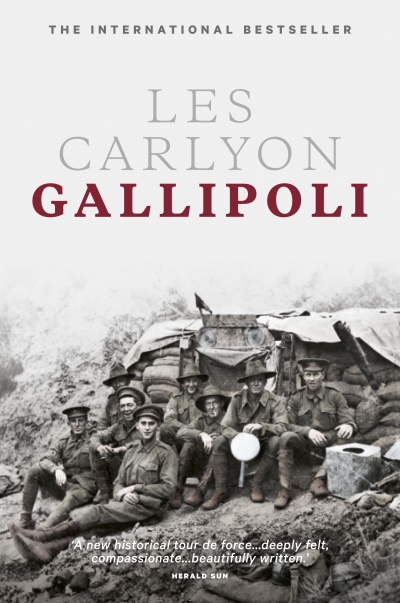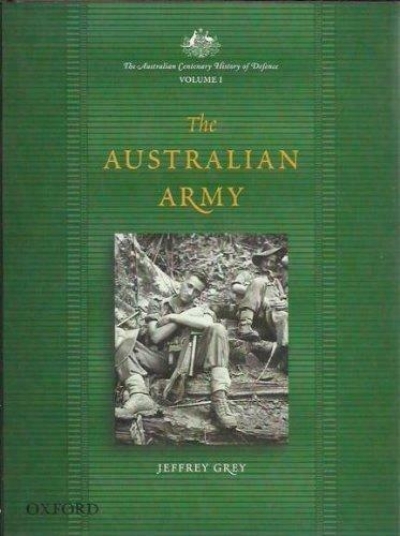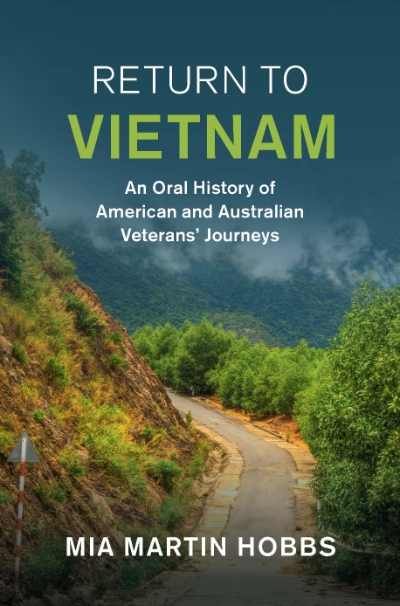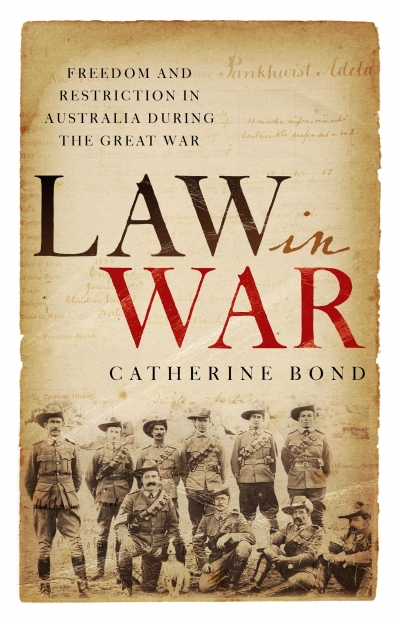Military History
That Magnificent 9th by Mark Johnston & Alamein by Mark Johnston and Peter Stanley
by John Coates •
The War Game: Australian war leadership from Gallipoli to Iraq' by by David Horner
by Peter Edwards •
At a pivotal moment in the new SBS miniseries The Australian Wars, director and presenter Rachel Perkins takes us to a place she says is ‘etched in the memory of my family. A place called Blackfellas Bones.’ Perkins turns to talk directly to camera: ‘You know, we turn away from things that we don’t want to see. We all do it. And I admit that I actually didn’t really want to make this documentary series because I knew that I’d have to spend years going through the horror of it. But … making this film has led me to this place … a place where many members of my family were killed. But my great grandmother survived to tell the story.’
... (read more)The Australian Centenary History of Defence: Vols. I–VII edited by John Coates & Peter Dennis
by Peter Ryan •
Return to Vietnam: An oral history of American and Australian veterans’ journeys by Mia Martin Hobbs
by Peter Edwards •
Prisoners of the Empire: Inside Japanese POW camps by Sarah Kovner
by Joan Beaumont •
Law in War: Freedom and restriction in Australia during the Great War by Catherine Bond
by Kieran Pender •
Fighting the People’s War: The British and Commonwealth armies and the Second World War by by Jonathan Fennell
by David Horner •

